
Sights
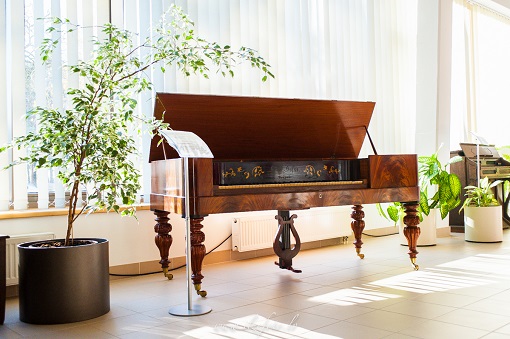
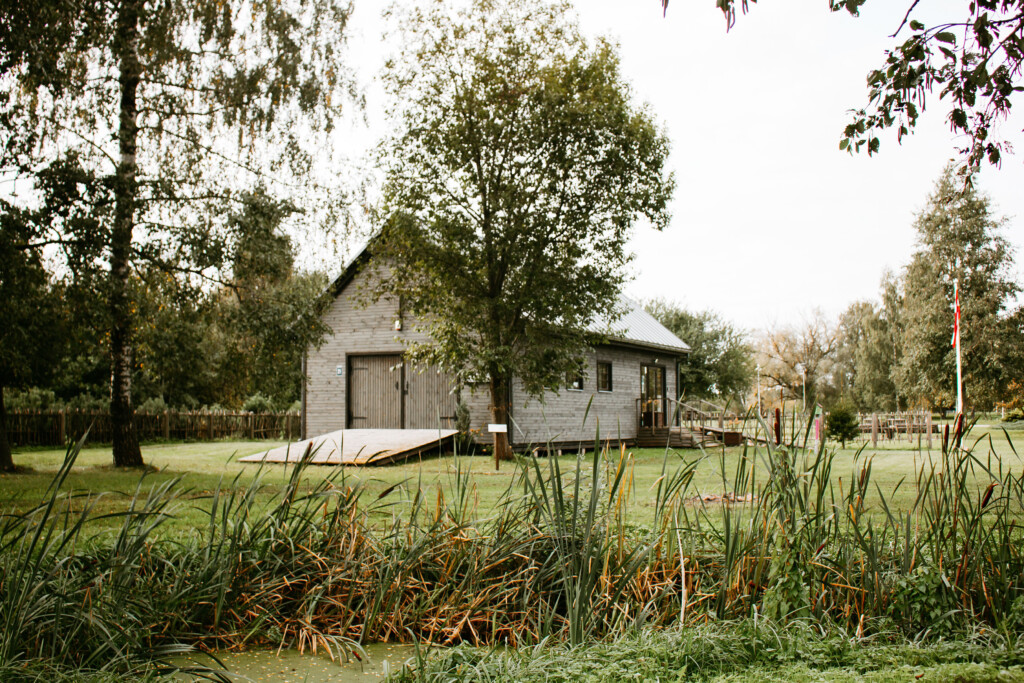
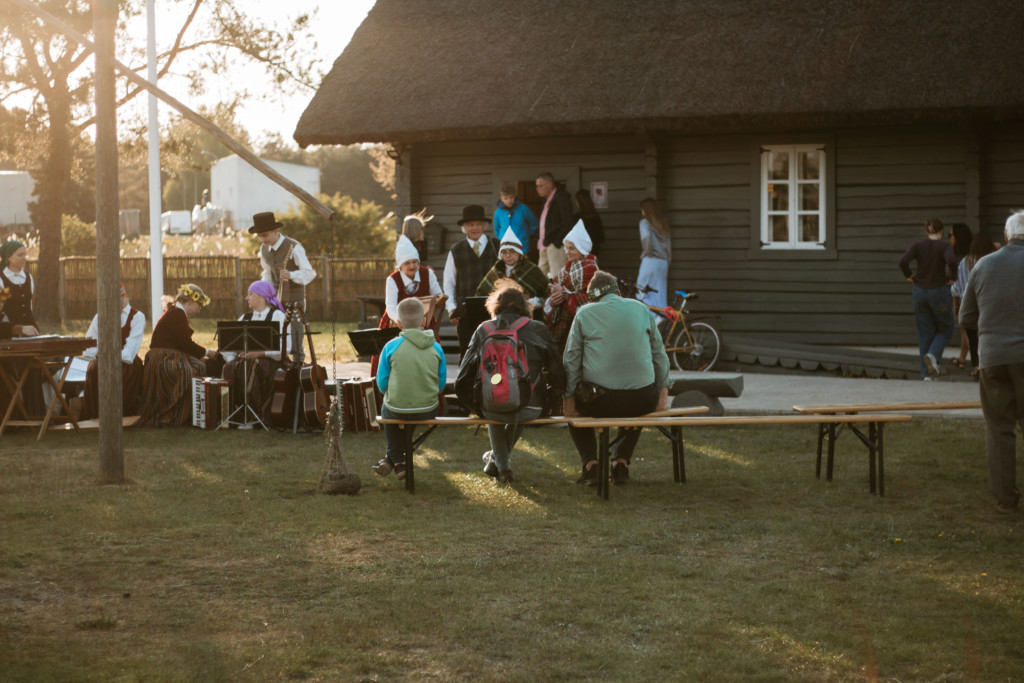
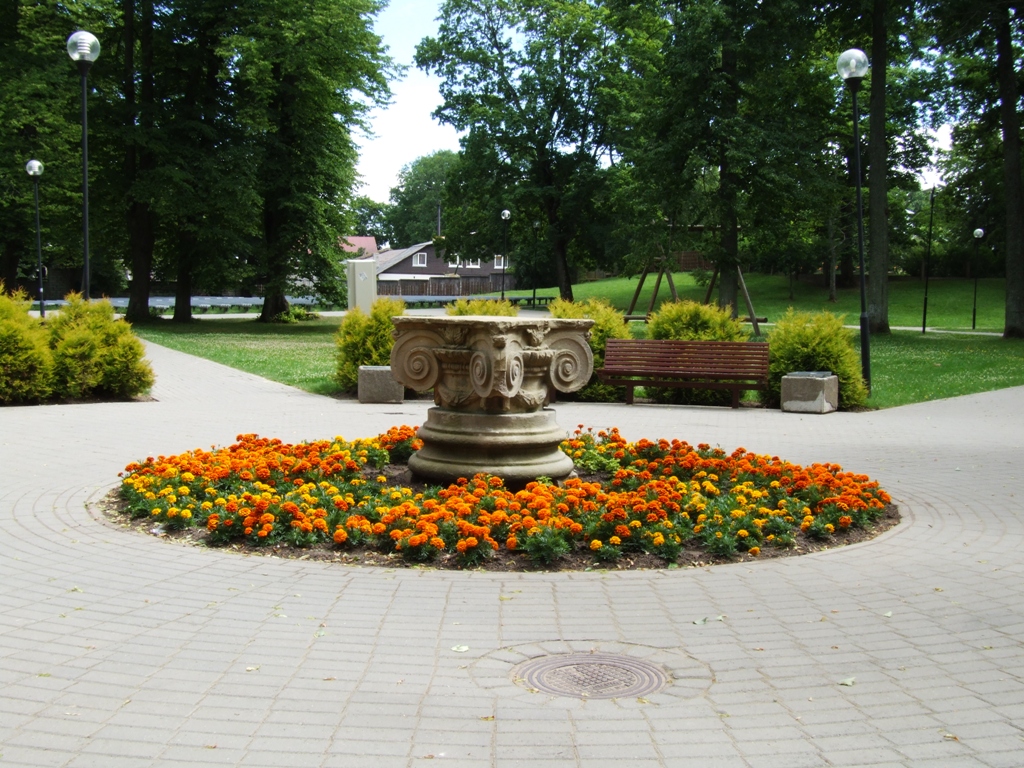
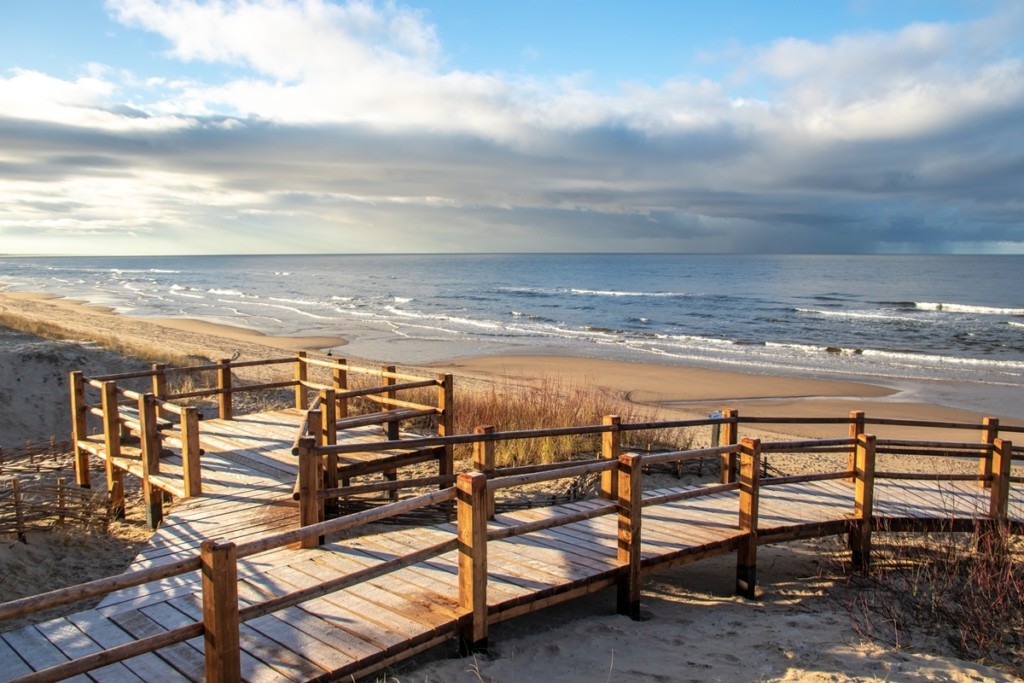
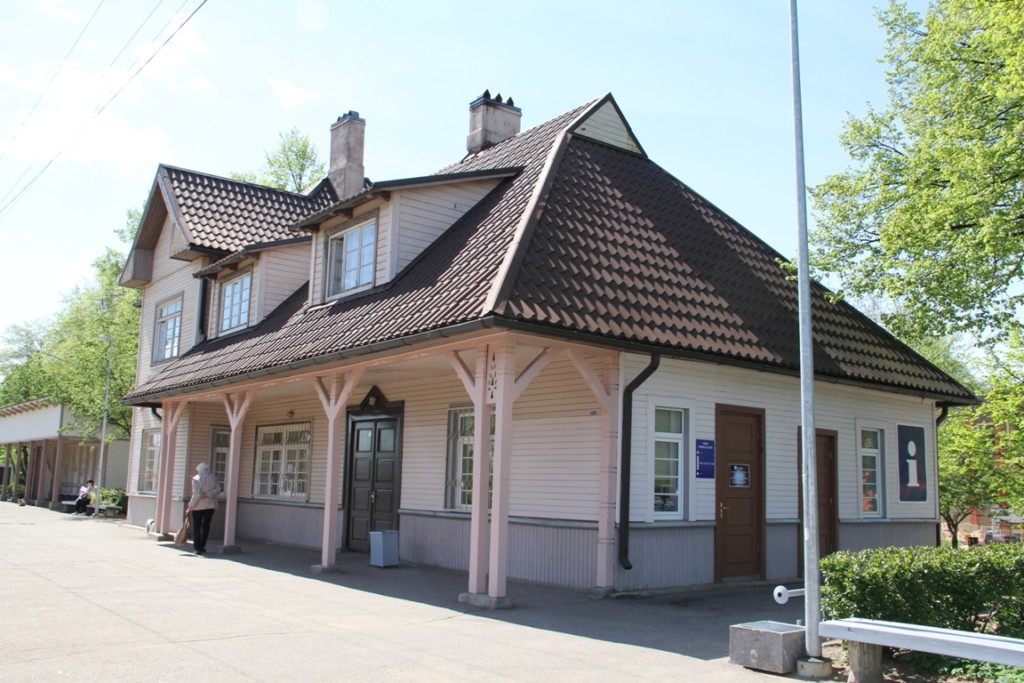
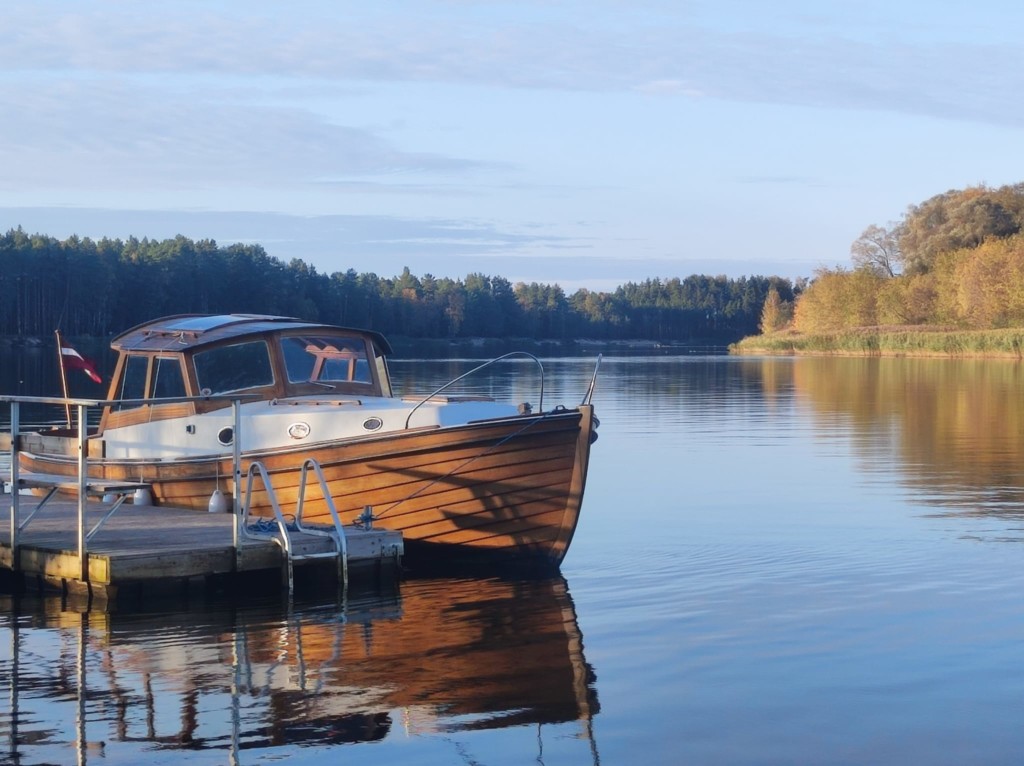
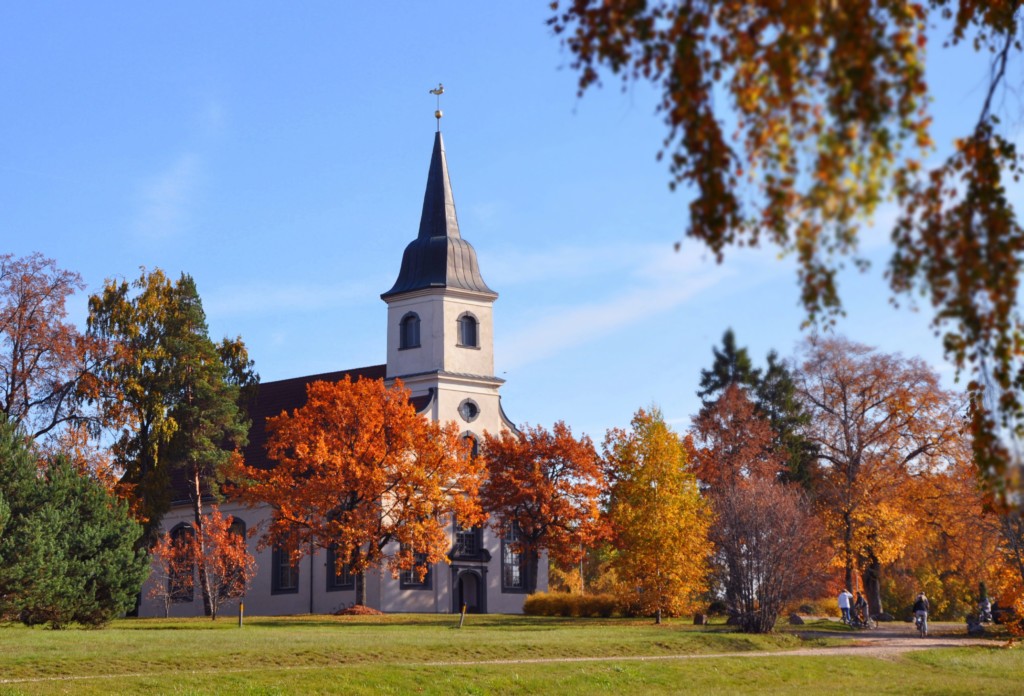
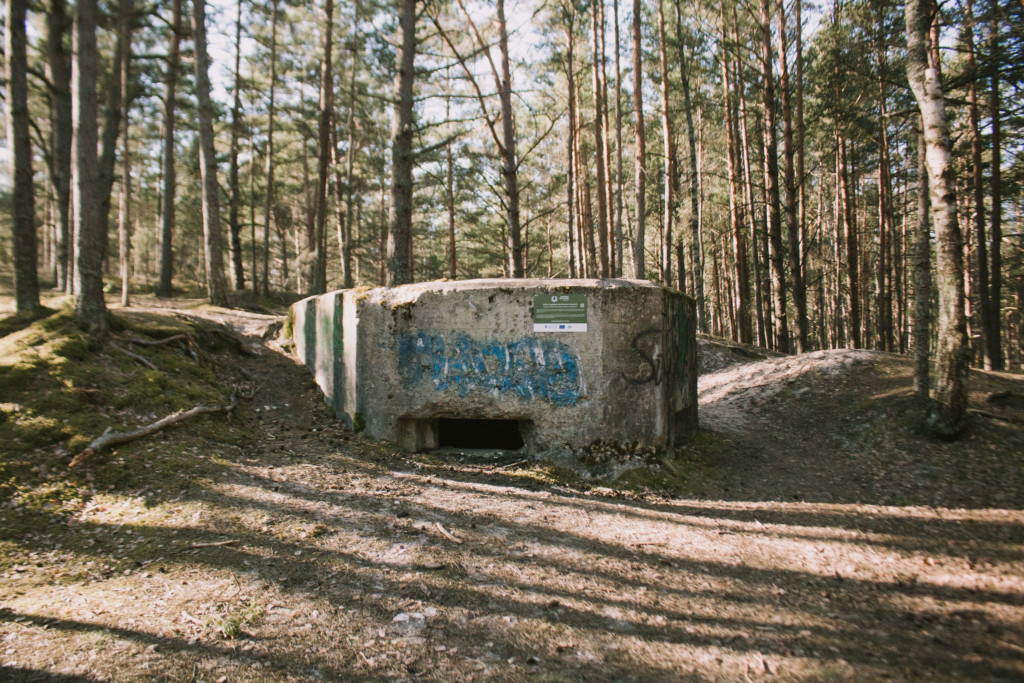
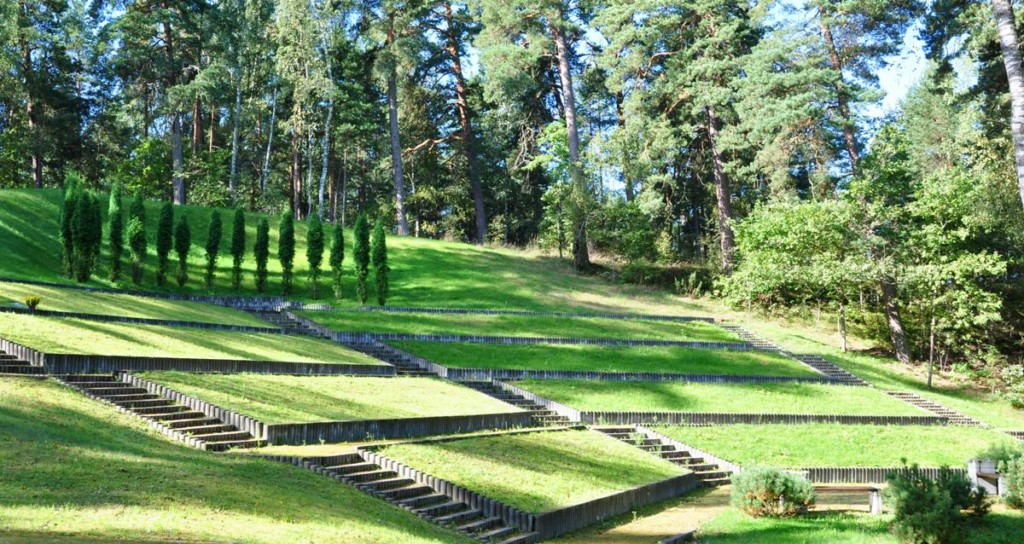
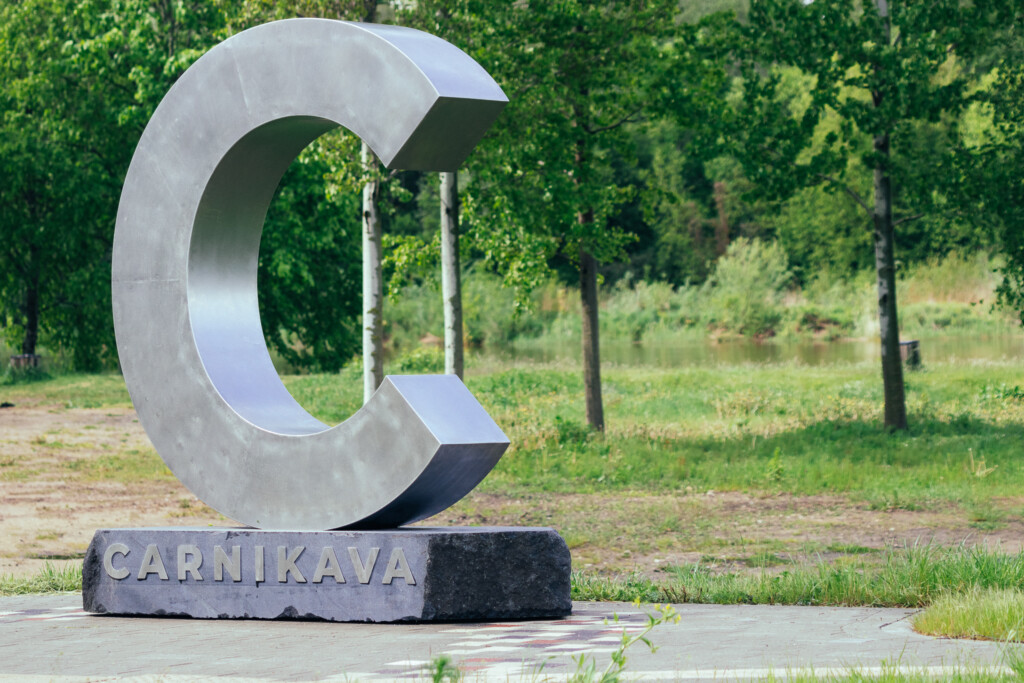
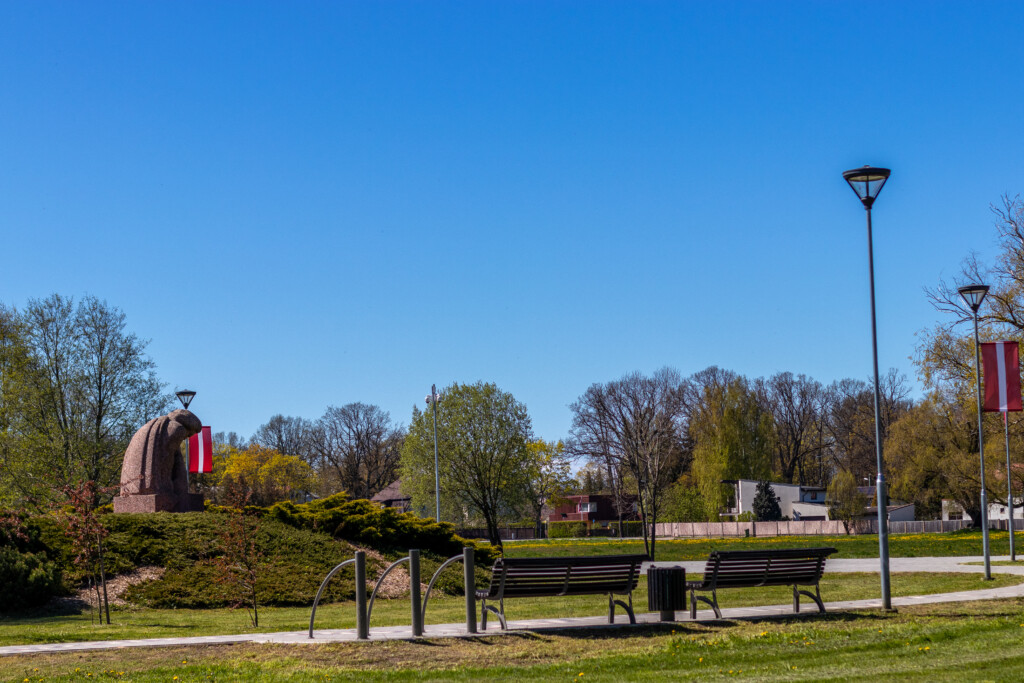
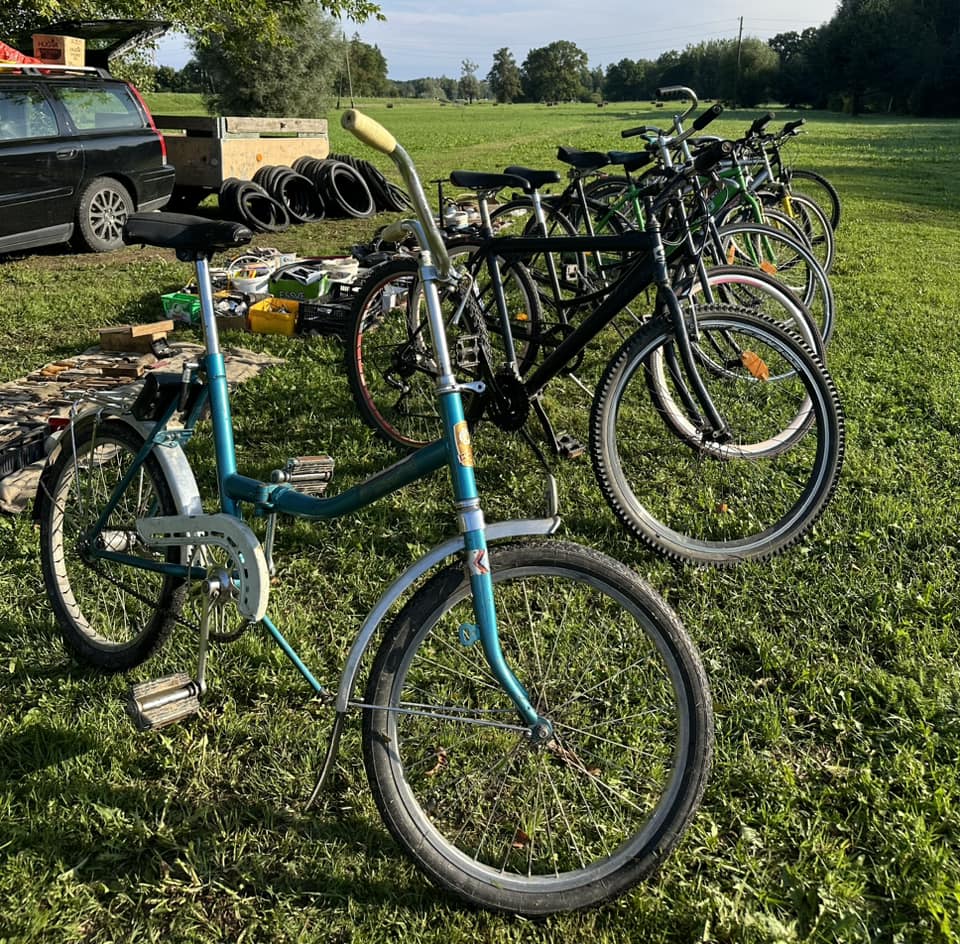
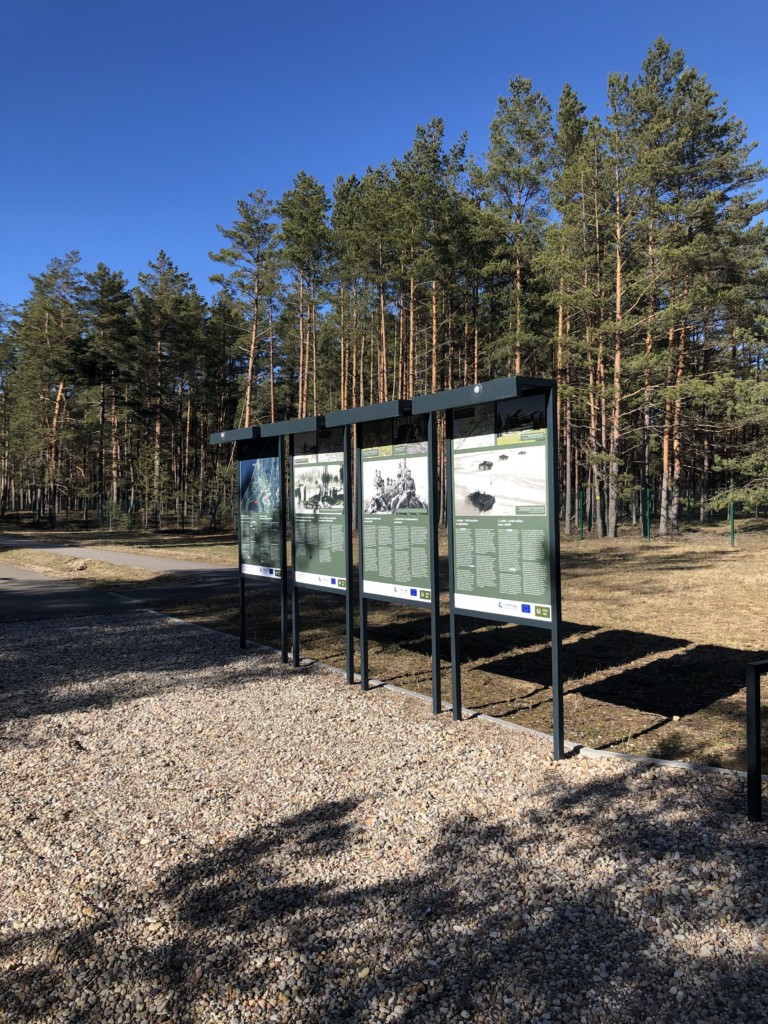
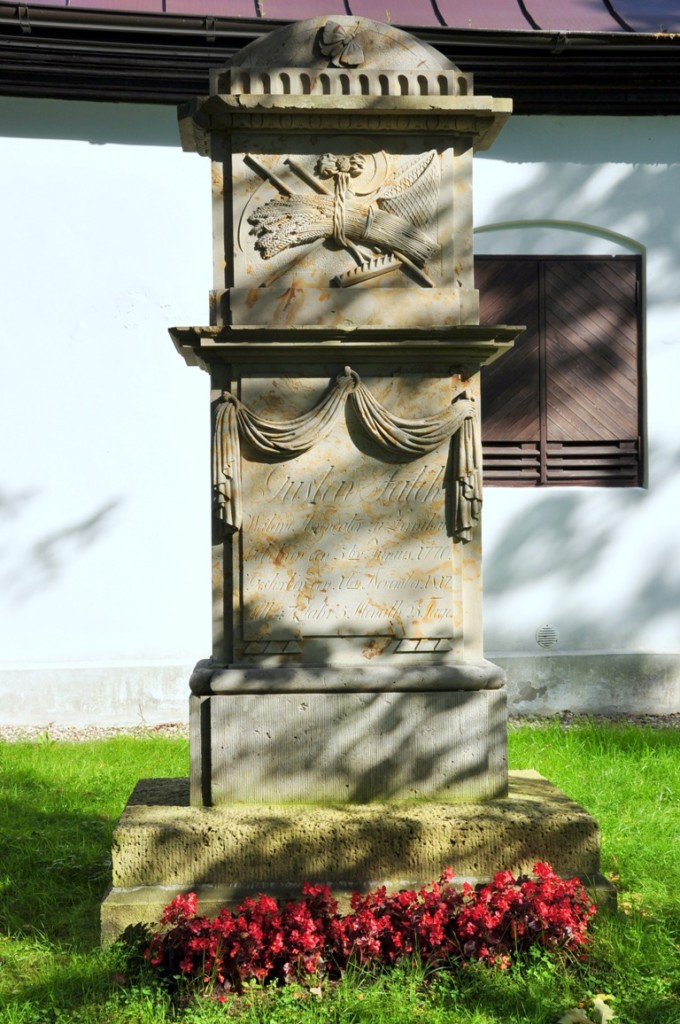
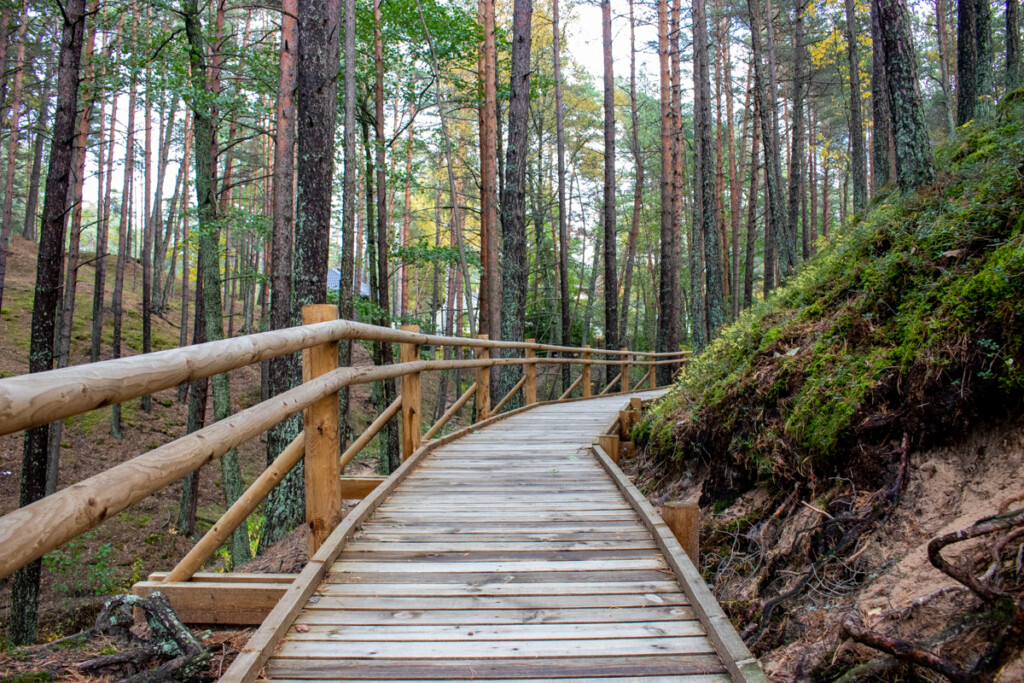
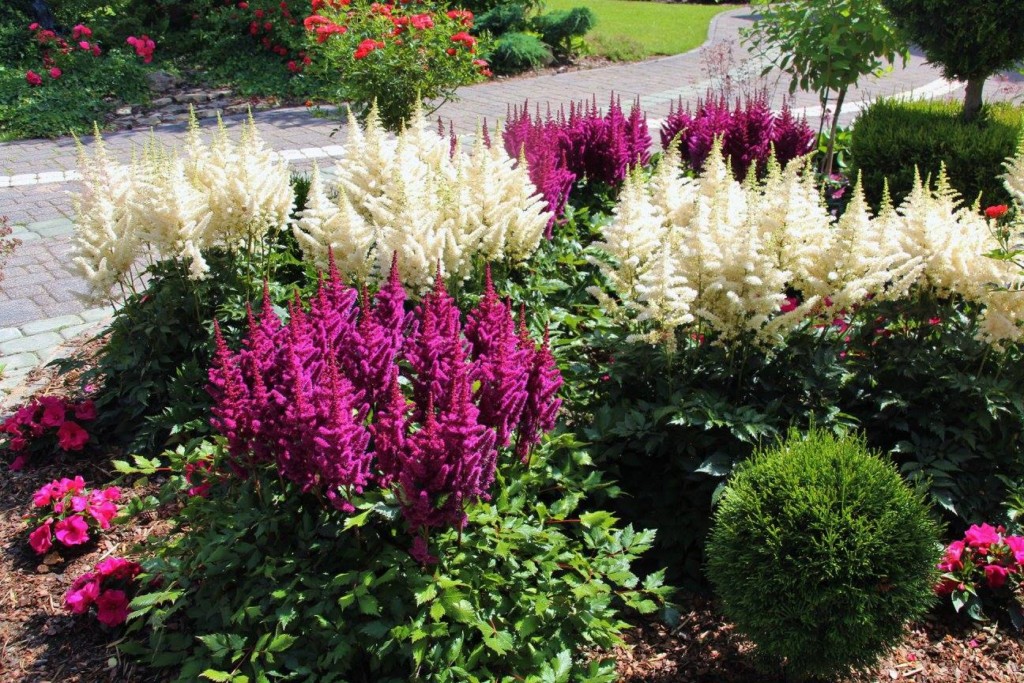
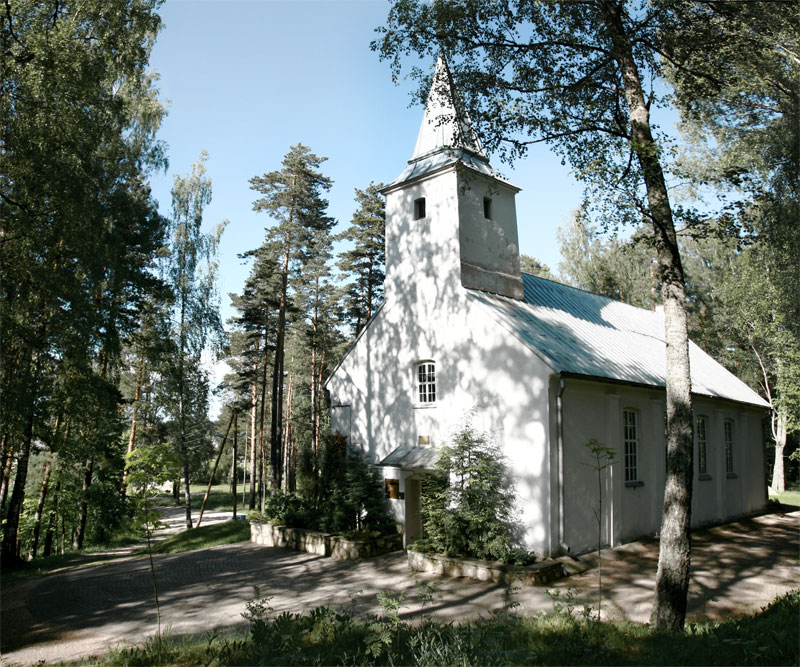
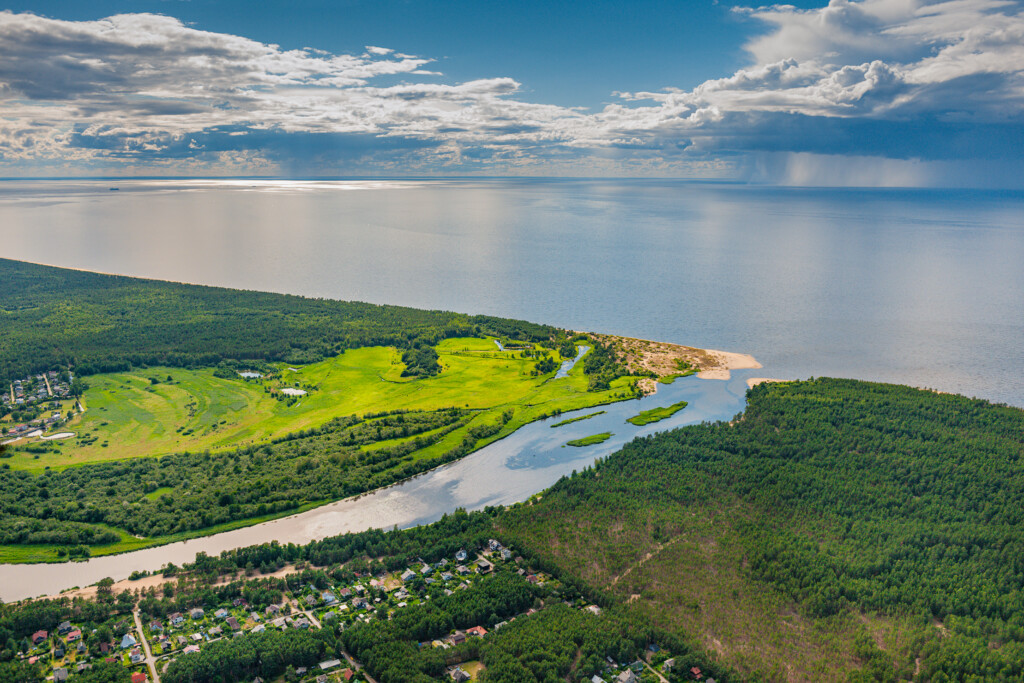
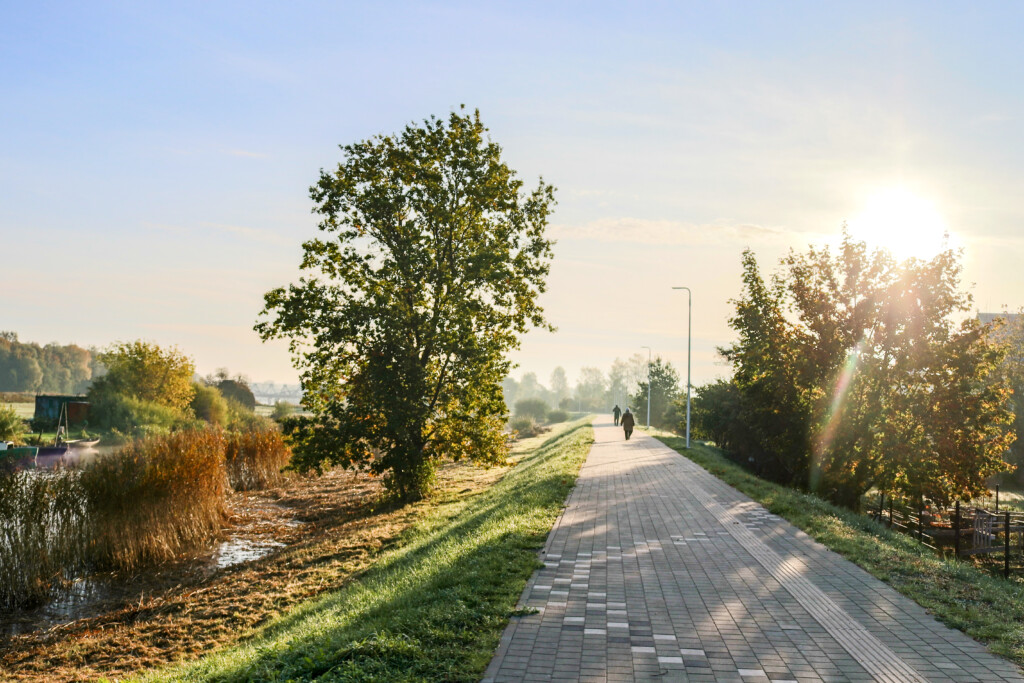
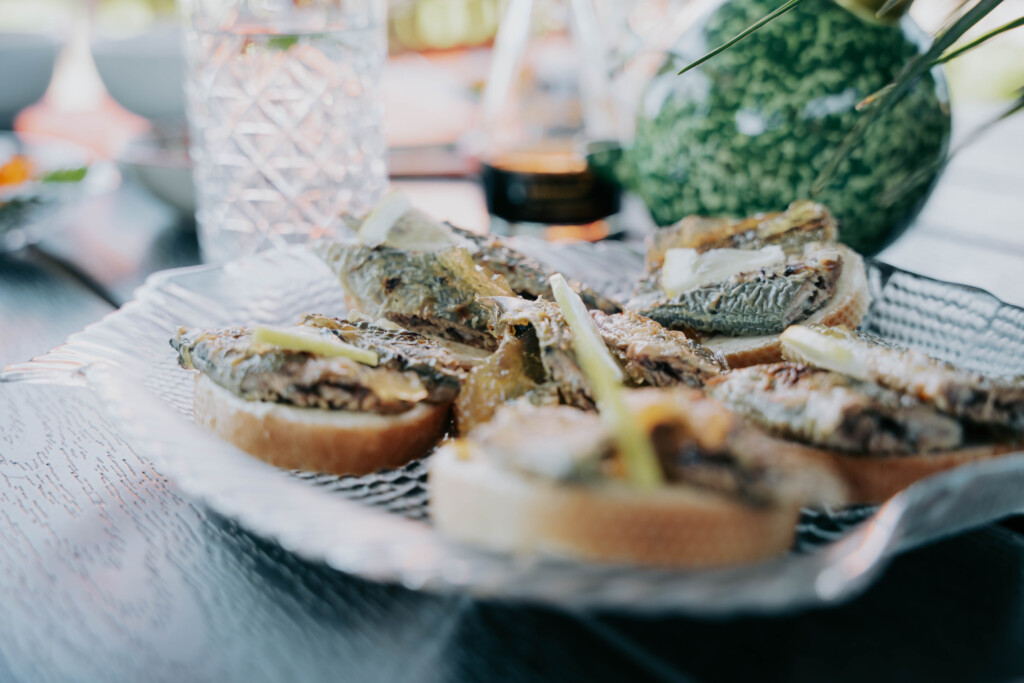
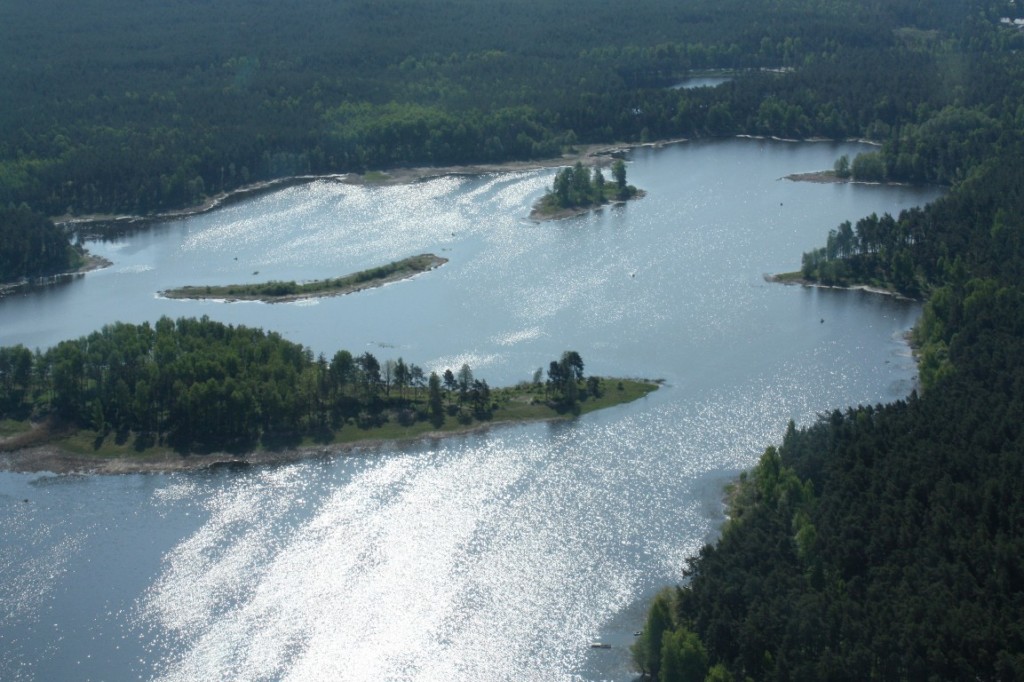
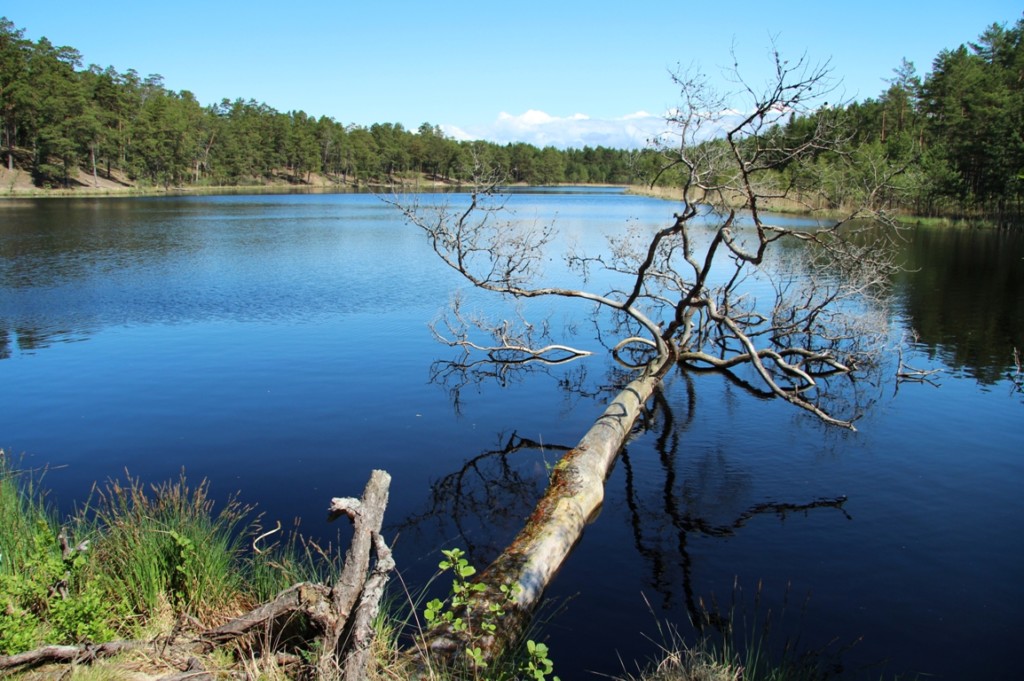
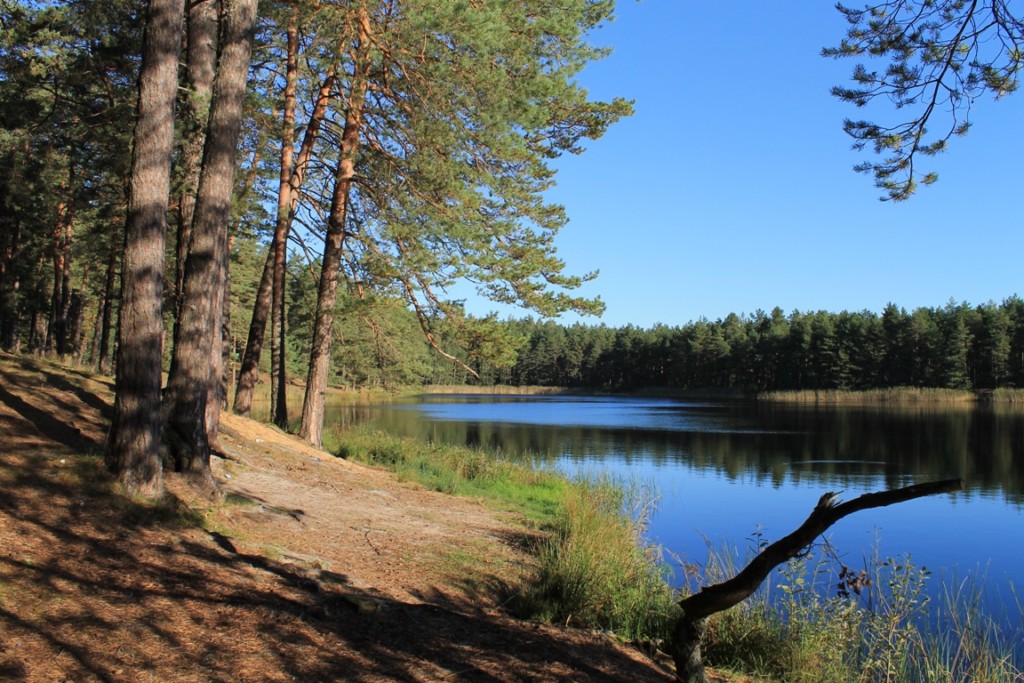
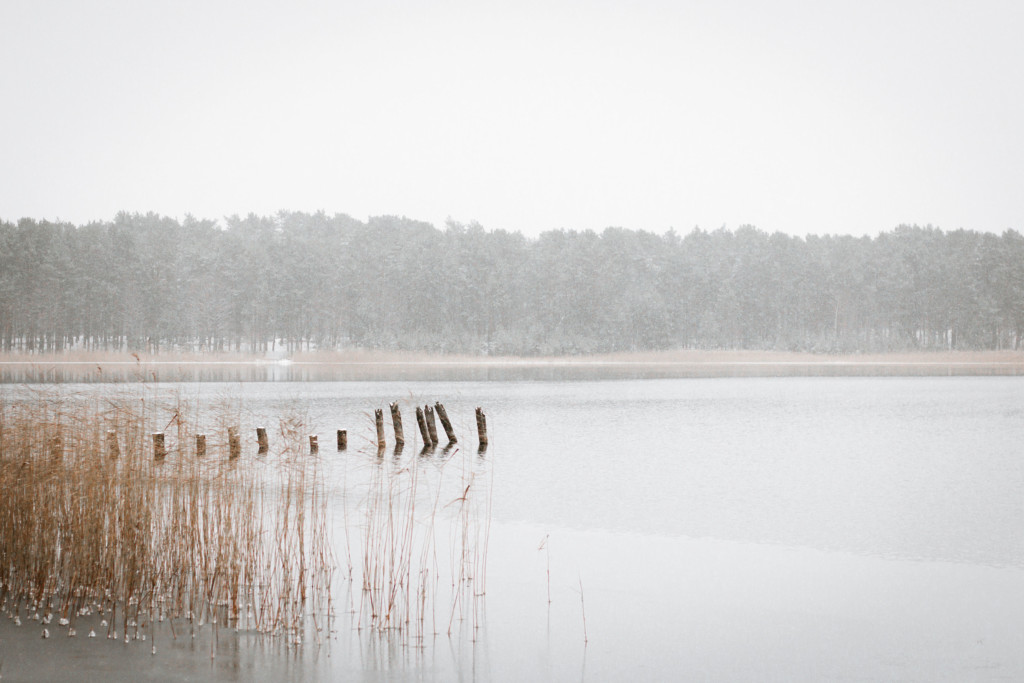
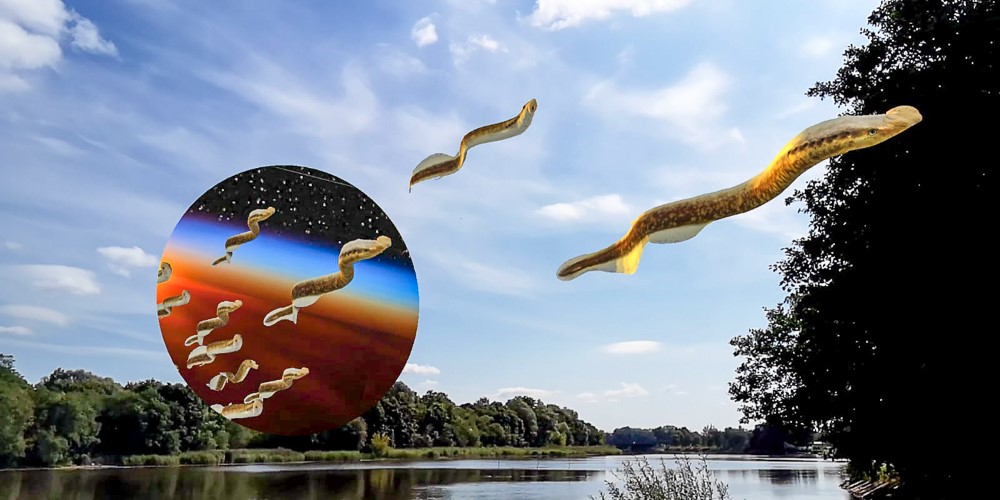
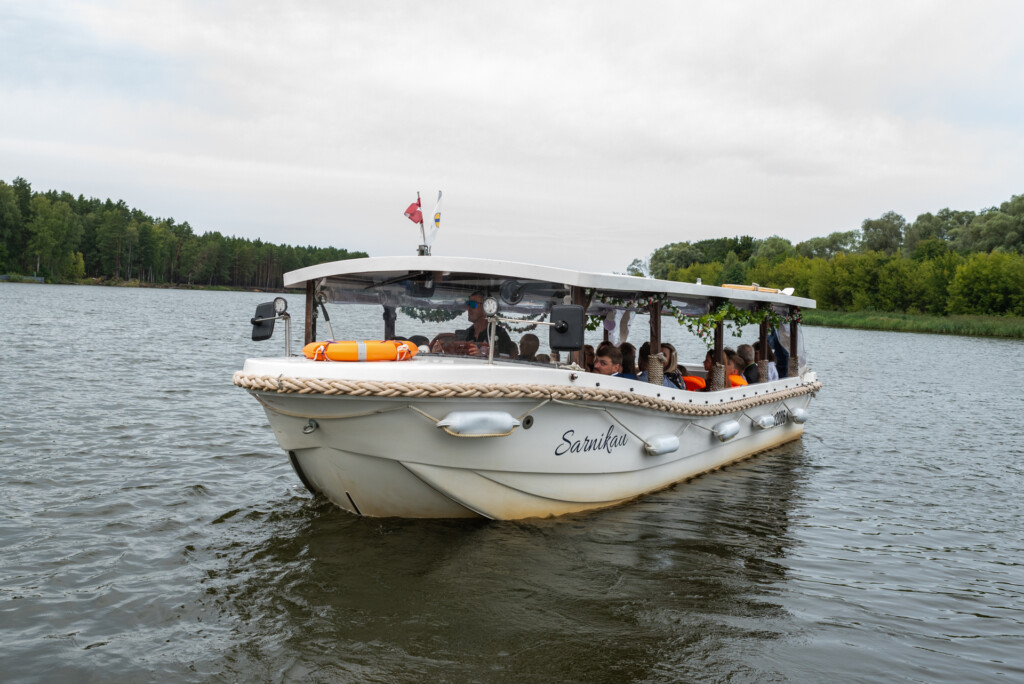
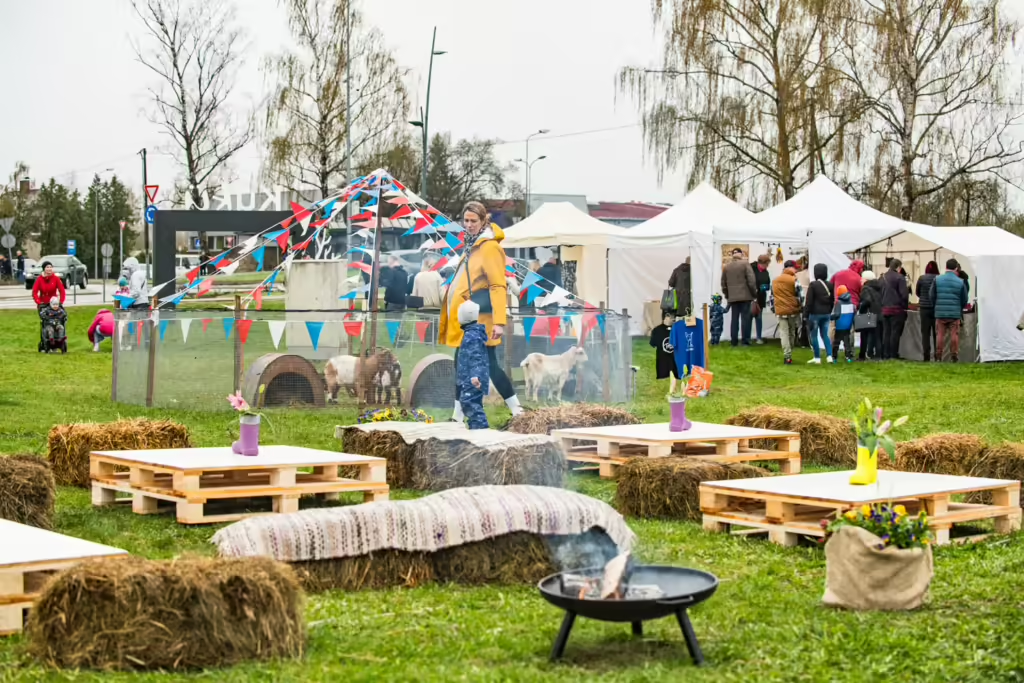
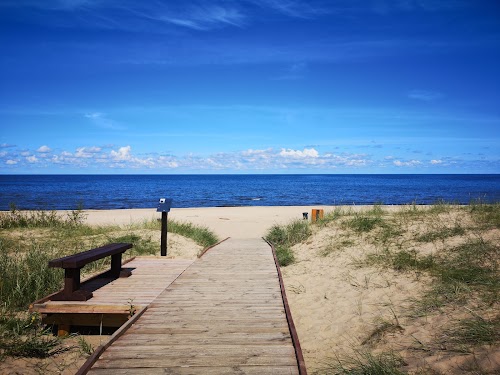
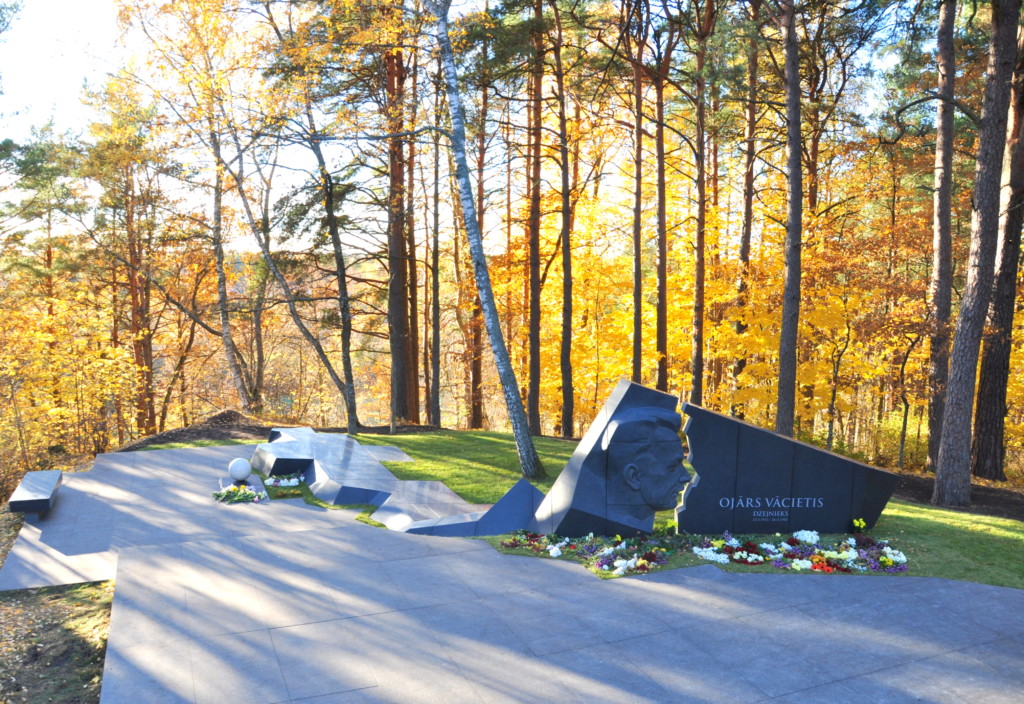
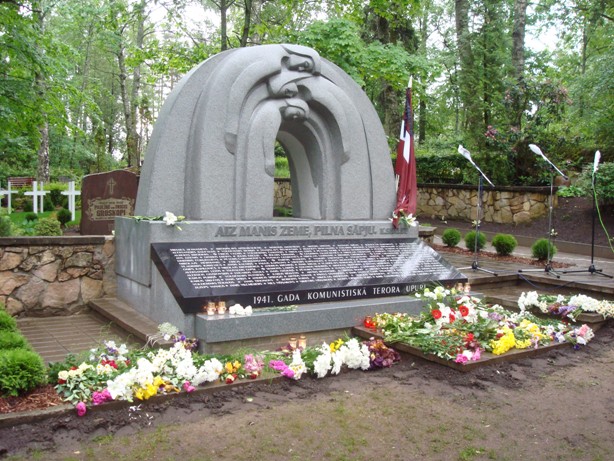
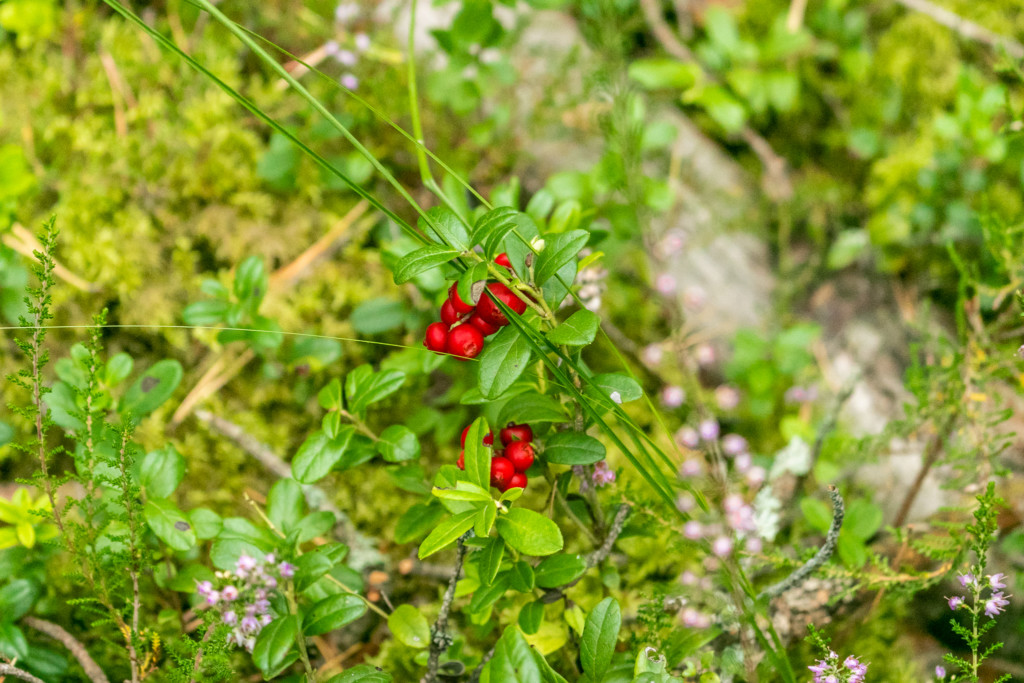
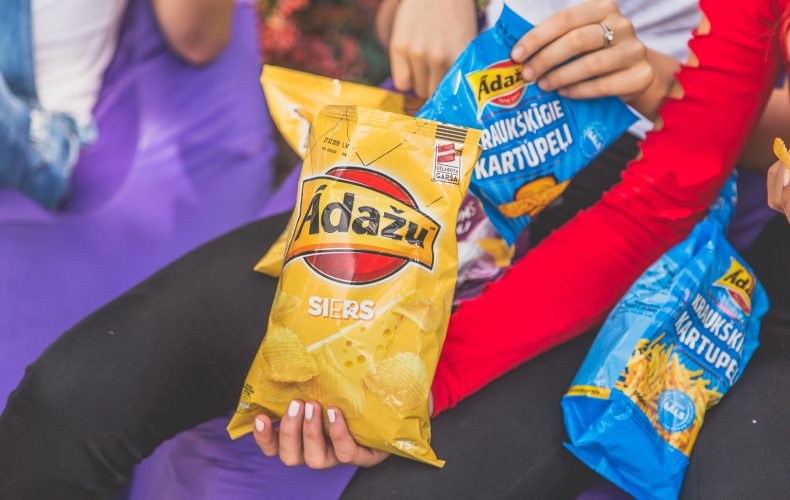
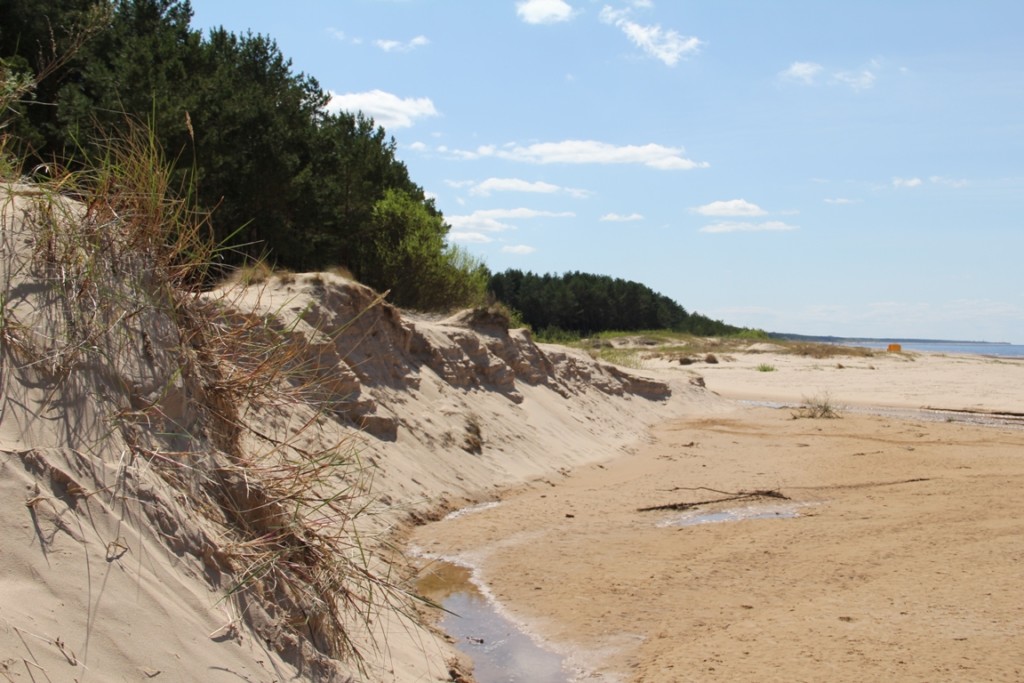
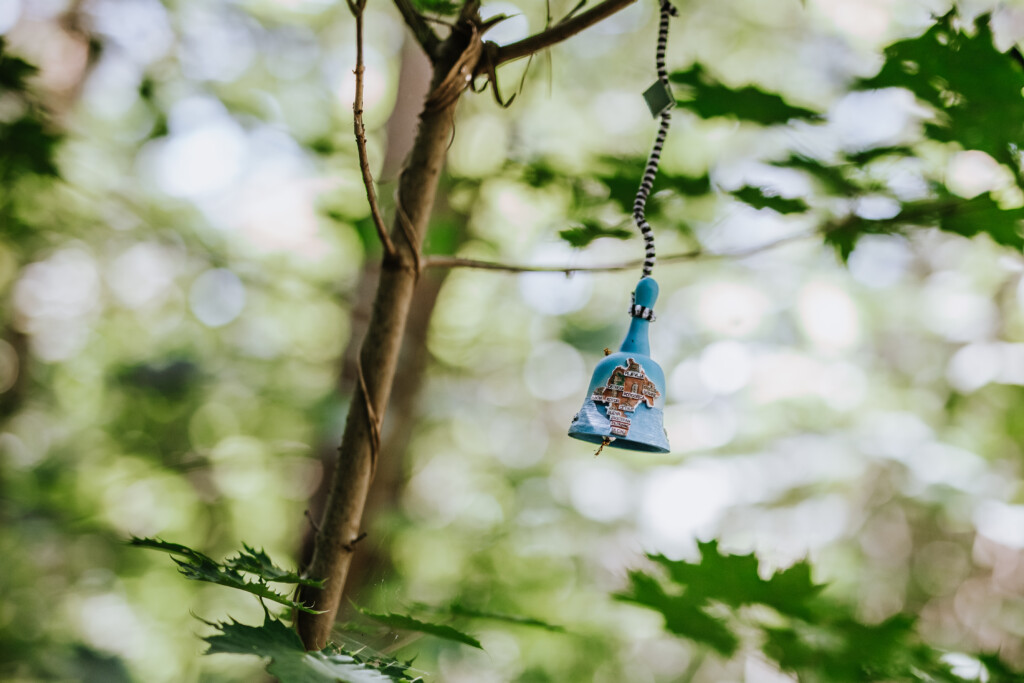
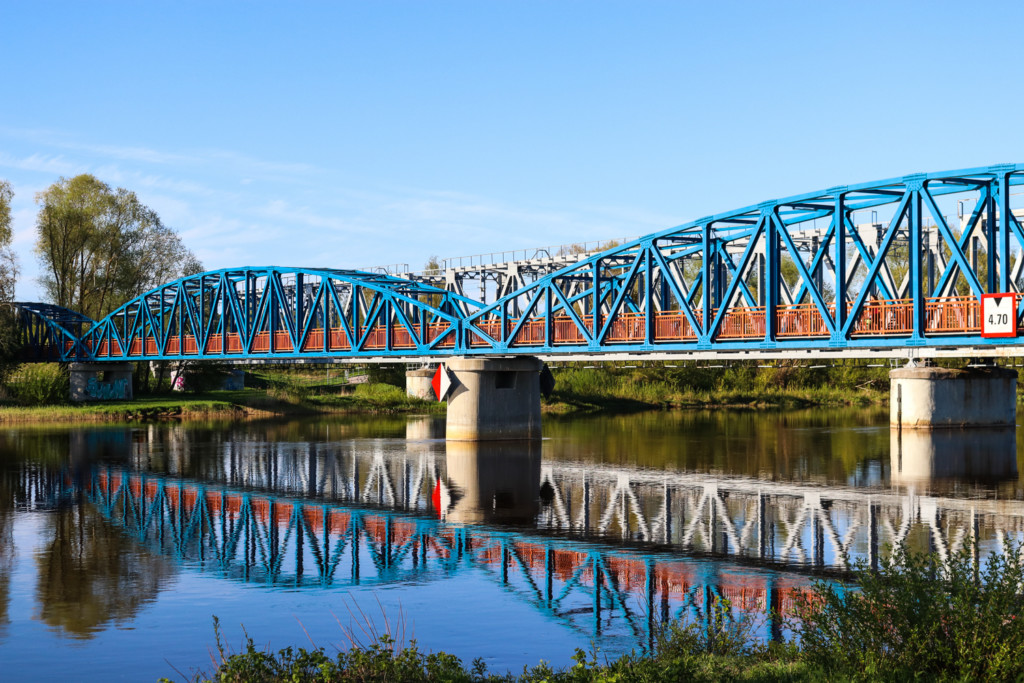
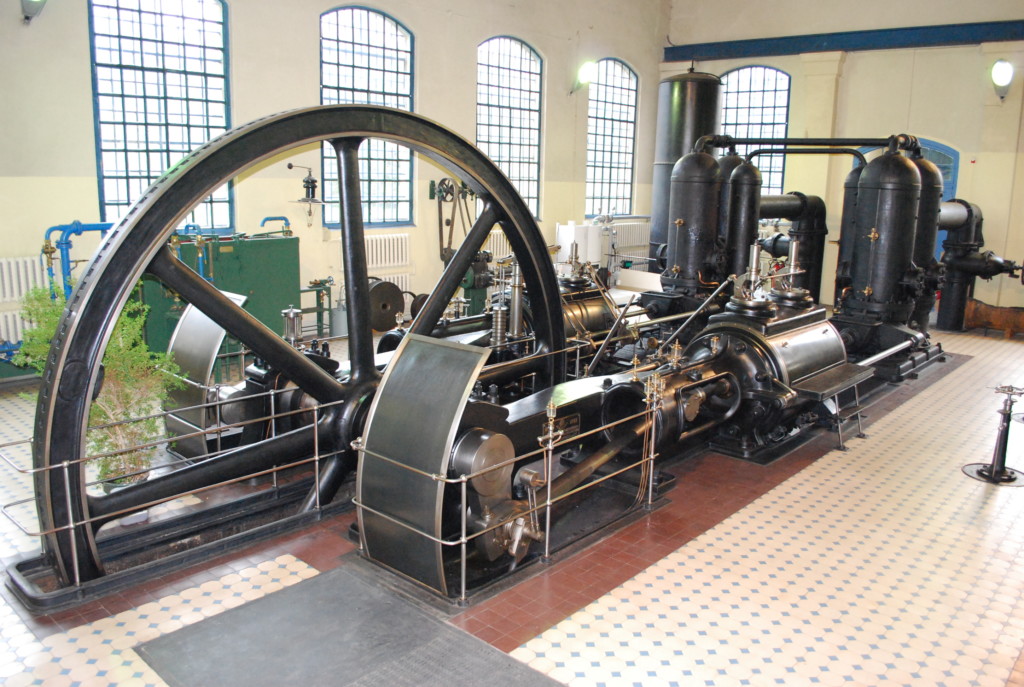
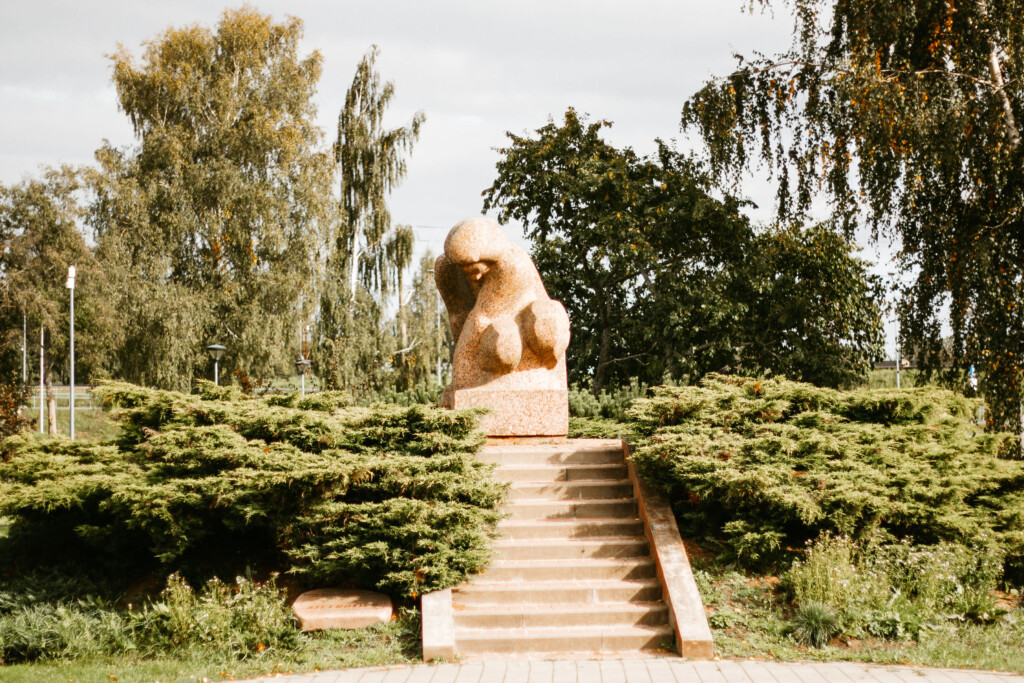
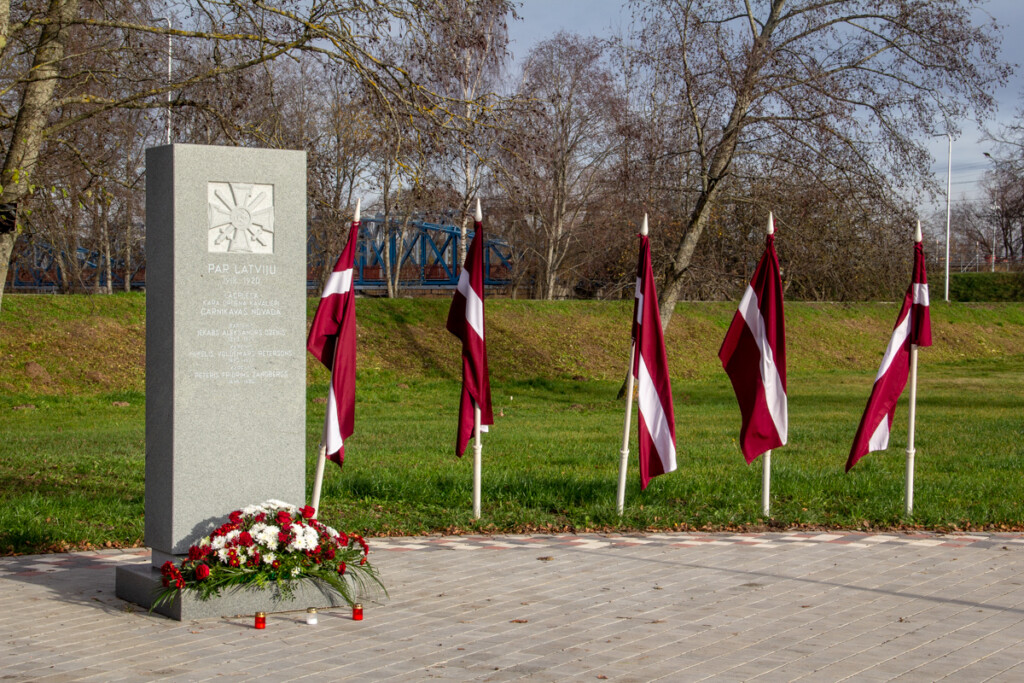
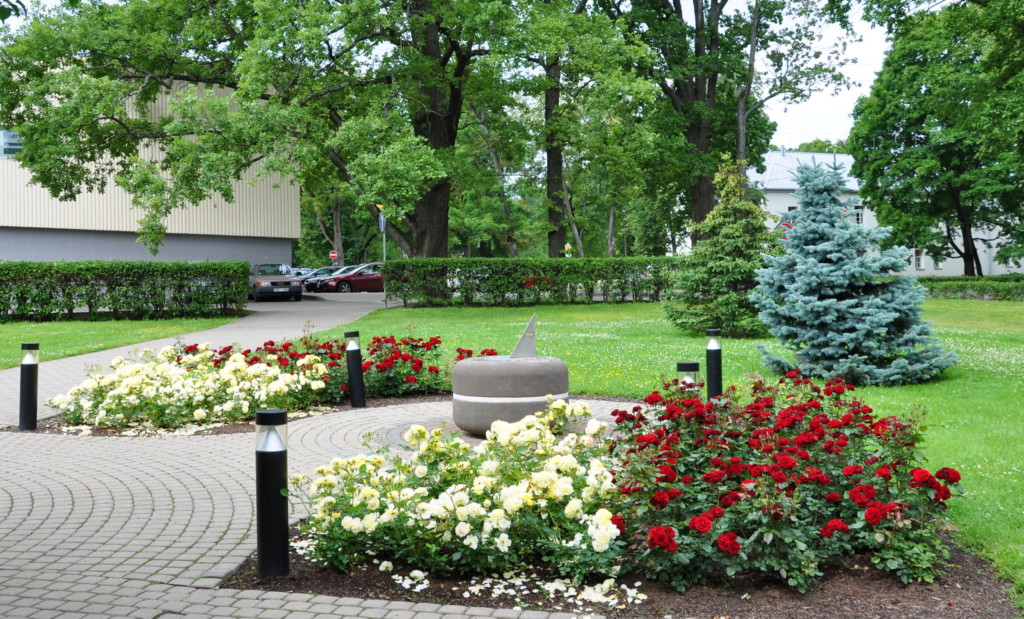
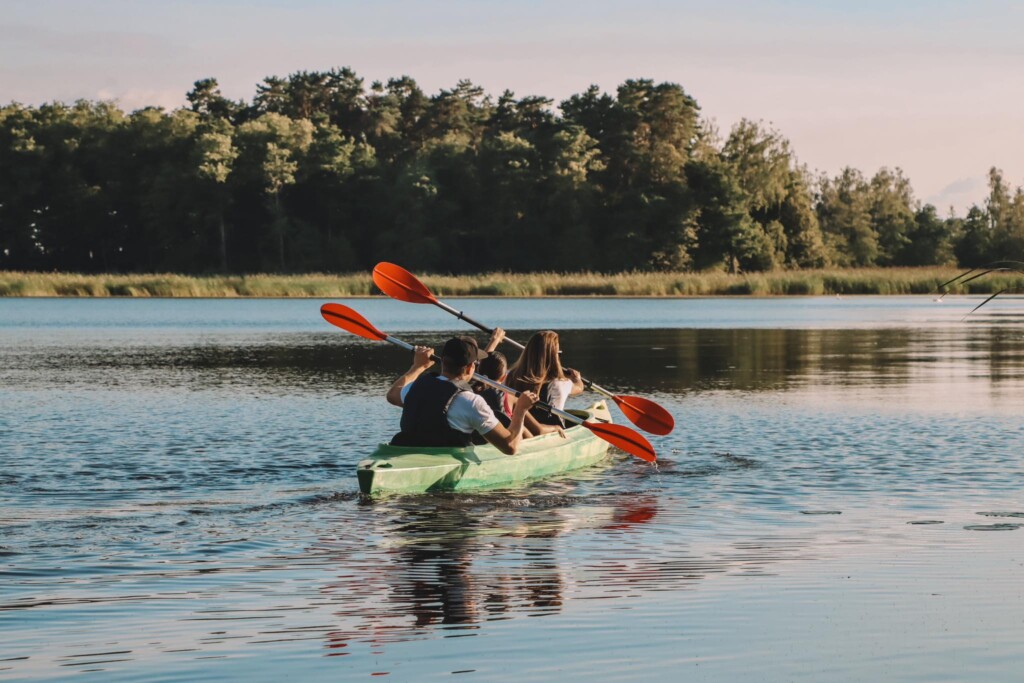
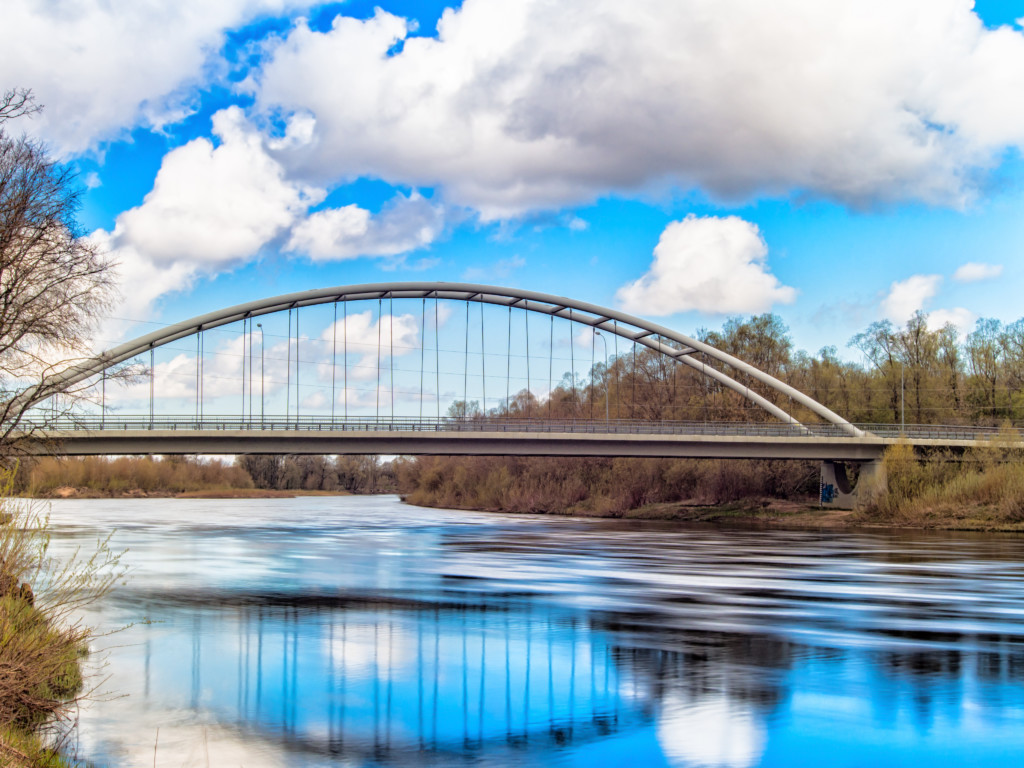
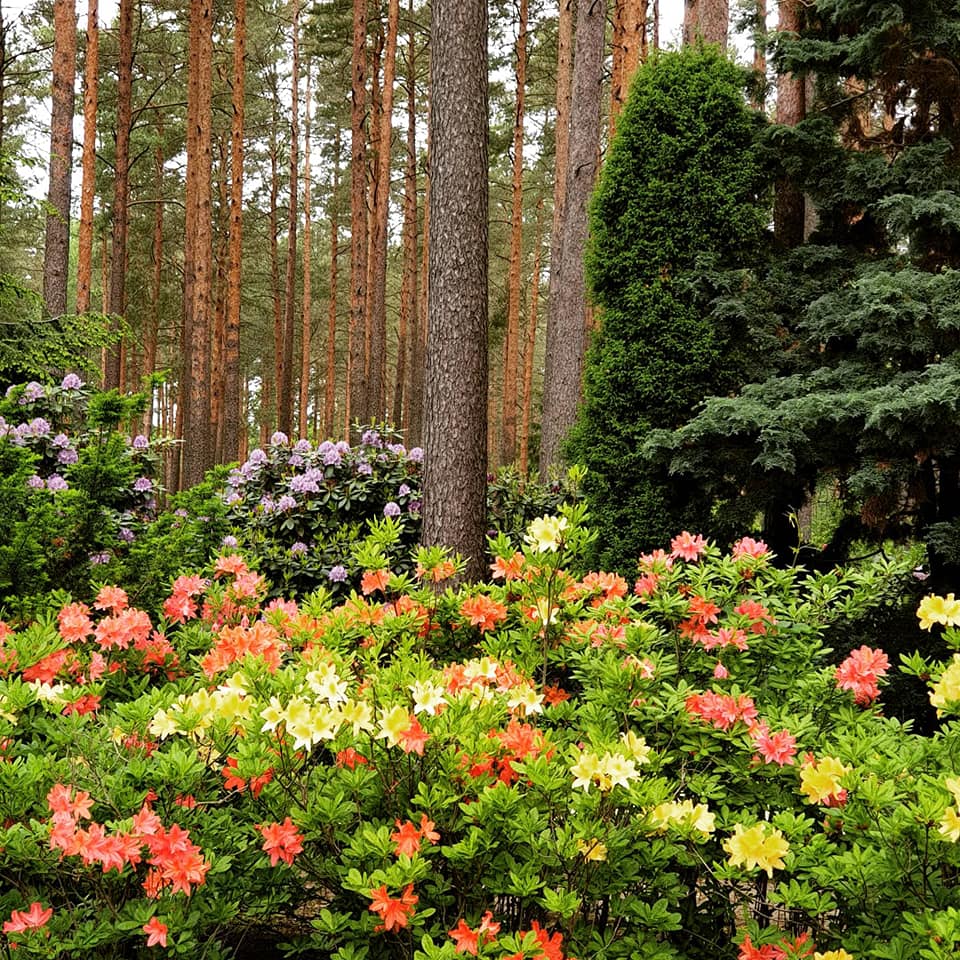
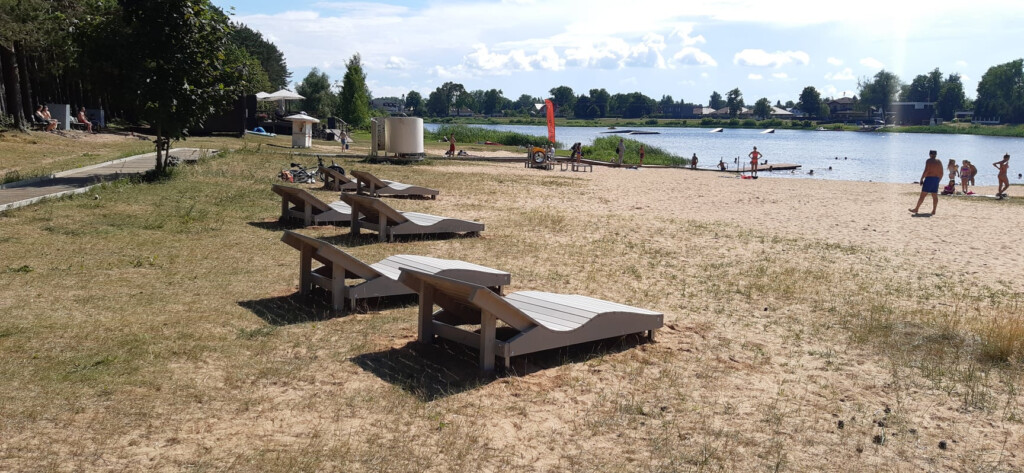
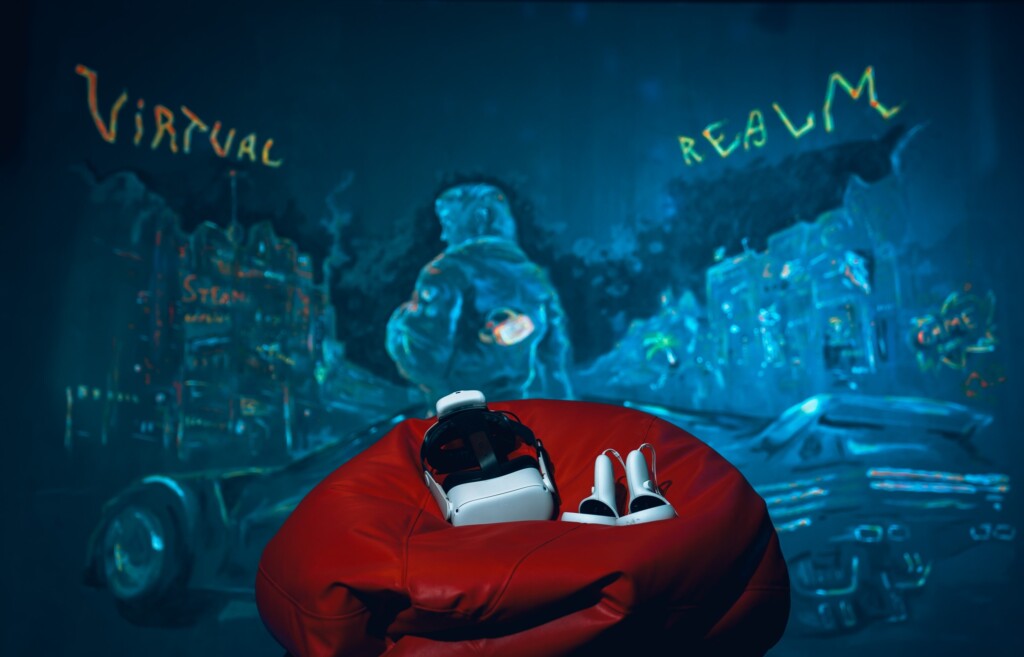

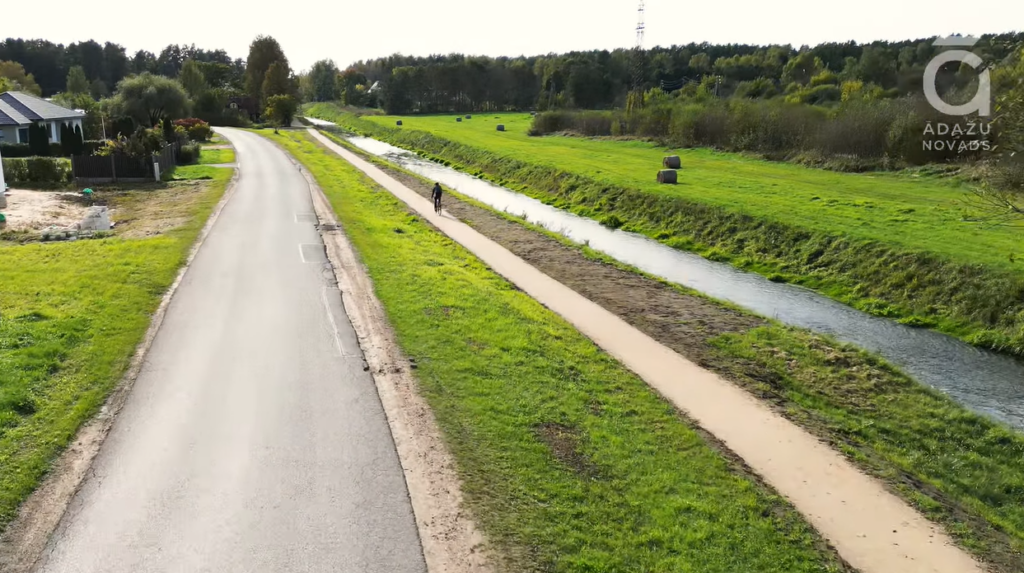
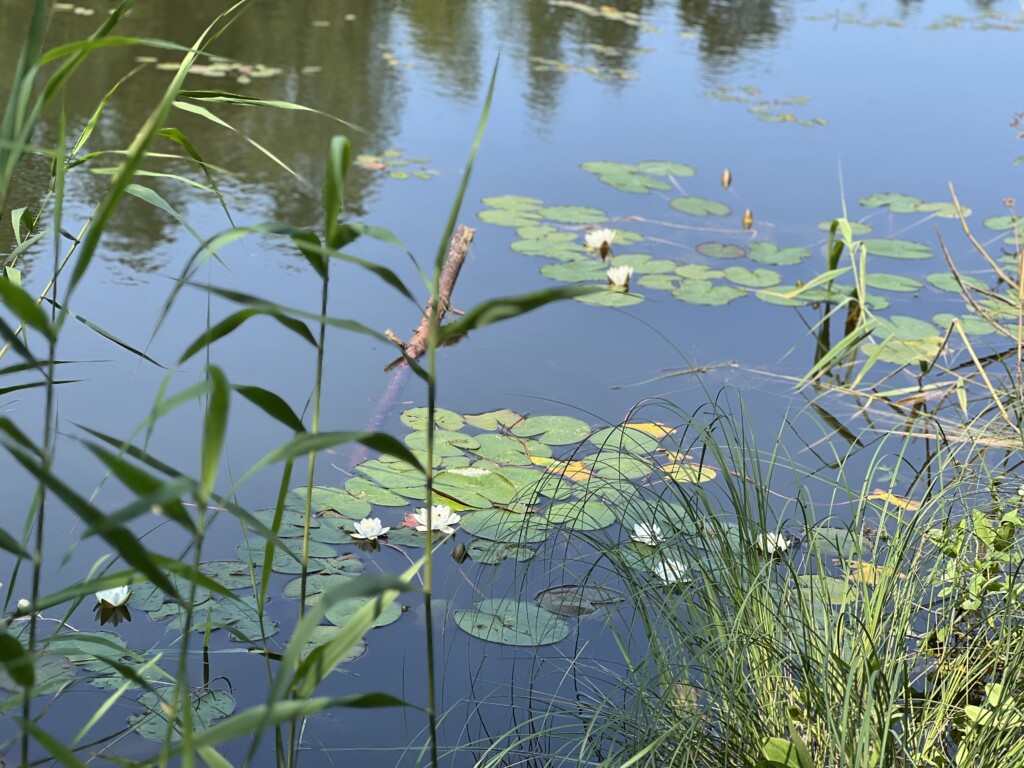
In Baltezers Cemetery, in the old part of the cemetery, there is the territory of the Brethren Cemetery (the area of the territory is 15×45 m). According to various information, 113-130 victims of the VDK killed in June and July 1941 are buried there, reburied from the place where they were shot in the autumn of 1941 on the shore of Baltezers. It is believed that the victims were buried in rows of 10, thus forming 11-13 rows. Almost none of them has survived to this day.
Originally (1942-1944) there was a common cross and an individual memorial for each burial (a wooden cross and a wooden plaque with the name and personal details on it). Since 1944, the wooden crosses have gradually perished and many have not been restored. To mark the graves, the victims’ relatives installed crosses of various types and materials from the old part of Baltezers Cemetery. In the 1980s, a memorial marker in permanent material (granite, concrete, wood) was installed. Reconstruction works and the last reconstruction of the memorial to the victims of communist terror took place in 1994-1995.
In 2006, the Adazi Municipality Council announced a tender for the creation of a monument at the Baltezers Cemetery, a memorial to the victims of the communist terror. The winner of the competition was the project “Gate” by sculptor Vija Dzintare and architect Irēna Rubauskas. To complete the construction of the monument and the landscaping of the memorial, the project “The Gate of Sorrow” was implemented under the “Europe for Citizens” programme.